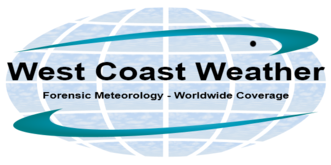POSSIBLE SUPPLEMENTARY RESEARCH
Conducting this research revealed several potential pathways for supplementary research. This section is primarily for readers interested in helping to study the topics covered.
Otherwise identical research with this study’s tornadic hourly data may be conducted using Kyoto hourly Dst data in place of USGS data. It’s the one and only other global geomagnetism project.
F4 and F5 tornadoes are obviously important to study but a secondarily helpful topic would be the most severe F3 outbreaks. The spawning of an F4 or F5 tornado doesn’t automatically entail that the parent storm was stronger than storms that spawned several F3s.
The data for F4 and F5 tornadoes during super-storm intensity disturbances is very small. Only one tornado is not enough for forming confident conclusions, highlighting the need for further research. Waiting for another couple hundred years of data may be necessary.
More in-depth research may be conducted using the available USGS minutely data22. Studying the trends of electromagnetic anomalies around F4/F5 tornadic times may also be fruitful. Often, large swings between relatively high positive Dst readings and big negative Dst readings occurred near or around F4/F5 tornadic events.
Frankly, I will need help analyzing the full significance of both Appendix A and Appendix B. Please feel free to use them in subsequent studies to help answer some of the last mysteries regarding why the world’s most intense tornadoes form.
